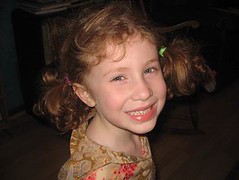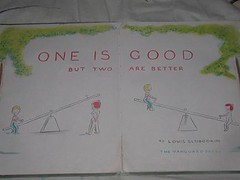 A Voice in the Wind is the first book in The Mark of the Lion series by Christian author Francine Rivers. It’s a good story. Really, it is. Liz Curtis Higgs says (on the back of the book), “This series is without peer in Christian fiction!” Janet Parshall liked it, too. I enjoyed reading it. I’ll probably read the sequels. I couldn’t write anything half as good. Methinks I doth protest too much.
A Voice in the Wind is the first book in The Mark of the Lion series by Christian author Francine Rivers. It’s a good story. Really, it is. Liz Curtis Higgs says (on the back of the book), “This series is without peer in Christian fiction!” Janet Parshall liked it, too. I enjoyed reading it. I’ll probably read the sequels. I couldn’t write anything half as good. Methinks I doth protest too much.
Let’s start over. A Voice in the Wind is the story of Hadassah, a young Jewish Christian who survives the fall of Jerusalem in 70 AD. She is taken to Rome as a slave where she becomes the personal servant of the daughter of the house of the patrician family Valerian. Hadassah’s mistress is Julia, a spoiled, willful brat who becomes worse in character as the story progresses. Julia has an older brother Marcus who is as spoiled and pleasure-loving as his baby sister. Only because of the old double standard, Marcus can indulge himself in living selfishly as a libertine with few consequences while Julia is expected to behave herself, do as she is told, and avoid scandal. Hadassah attempts to serve these people as Christ would have her serve them and to witness to the truth of the gospel in her life while keeping her Christian identity a secret. Then, Hadassah, the slave, and Marcus, the Roman master and heir to a fortune, realize that they are falling in love. Not only do their differing stations in life separate them, but Hadassah’s faith and Marcus’ lack of belief in anything make the consummation of their love impossible.
So it’s a good story. It’s not nearly as goopy as I may have made it sound, but there is a problem. I liked the characters in the novel. I want to read more about them. The author did her research and got the details of the time period, how gladiators were trained, how a Roman household was set up, how Christians met together in secret, all the historical setting, all right and well described. Marcus, Julia, Hadassah and the others are all interesting characters, people I want to know more about, but they’re not people of the first century. They’re more like twentieth or twenty-first century people plunked down in an authentic set of first century Rome. Their problems are modern day problems: homosexuality, abortion, materialism, young adult rebellion, lack of respect for tradition, divorce, mystical spirituality, radical feminism. I know, as I said in a picture book review just the other day, that people are much the same the world over and in every time period. But at the same time, they’re not. People in ancient Rome had different thought patterns, dealt differently with different issues than modern Americans. For example, in A Voice in the Wind Marcus, a wealthy Roman citizen, is actually thinking of taking his sister’s slave girl to be his wife, not a concubine or a mistress, but a wife. Would such a thing have occurred to a real Roman? If it did, would his family have put up with the idea for a minute? Julia, Marcus’ sister, has a friend who initiates her into a weird sort of cult of feminist spirituality and empowerment. Again, it sounds more like something from our times than something first century. Hadassah, the Jewish Christian, is really just an American evangelical worried about how to convert her employers to Christianity.
It’s hard to write historical fiction that is true to the time period in which it is set. I couldn’t do it. Writing a novel set in the first century involves thinking like a first century Roman or Jew. If you would enjoy reading a story about modern people with modern problems who happen to be dressed up in Roman togas and attending gladiatorial games and chariot races, A Voice in the Wind is a fine book. As I said, I’ll probably read the sequels. Just don’t expect to find out much about how people in Biblical times thought about their problems and issues. That’s not what this book is about.









